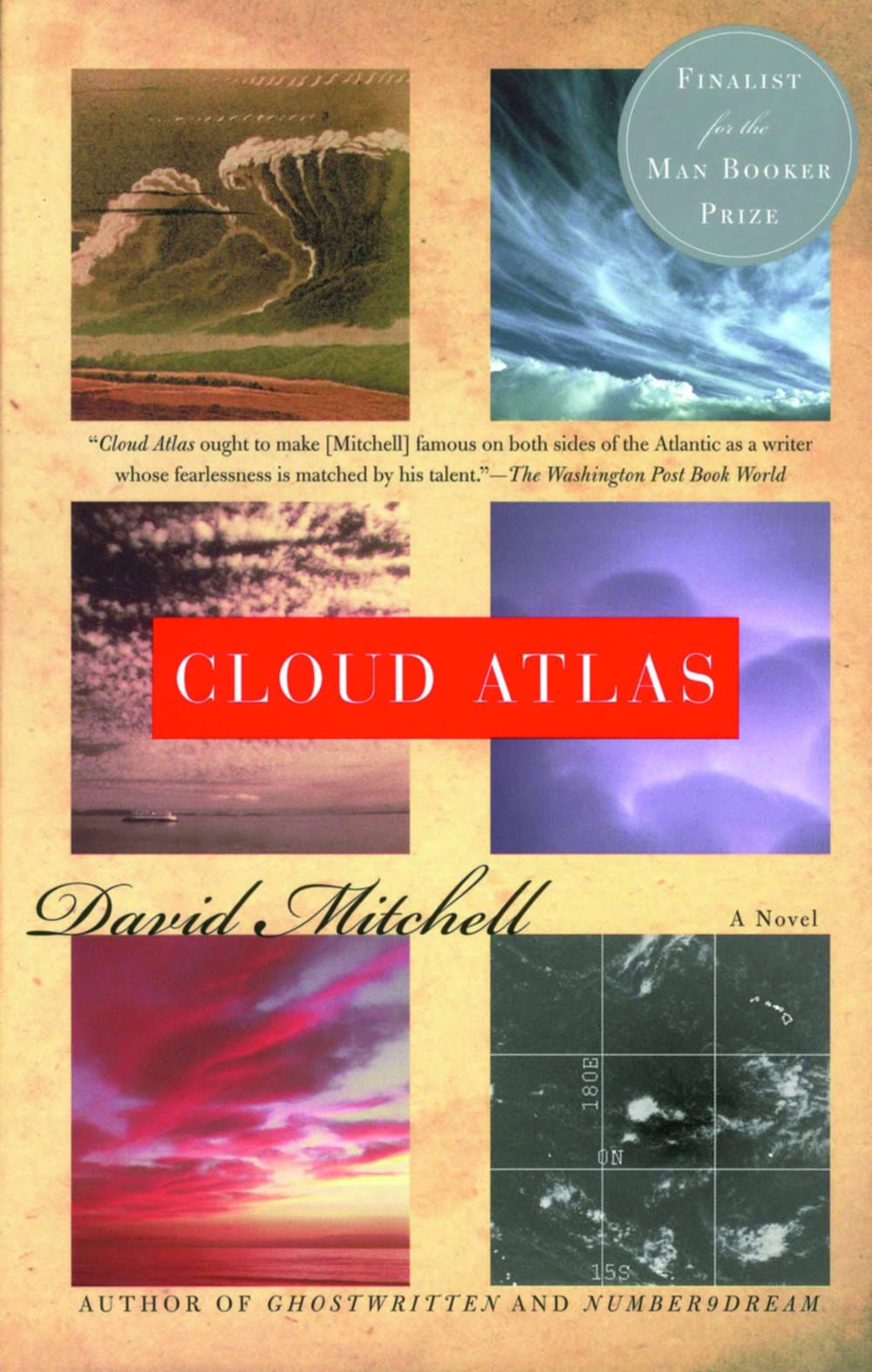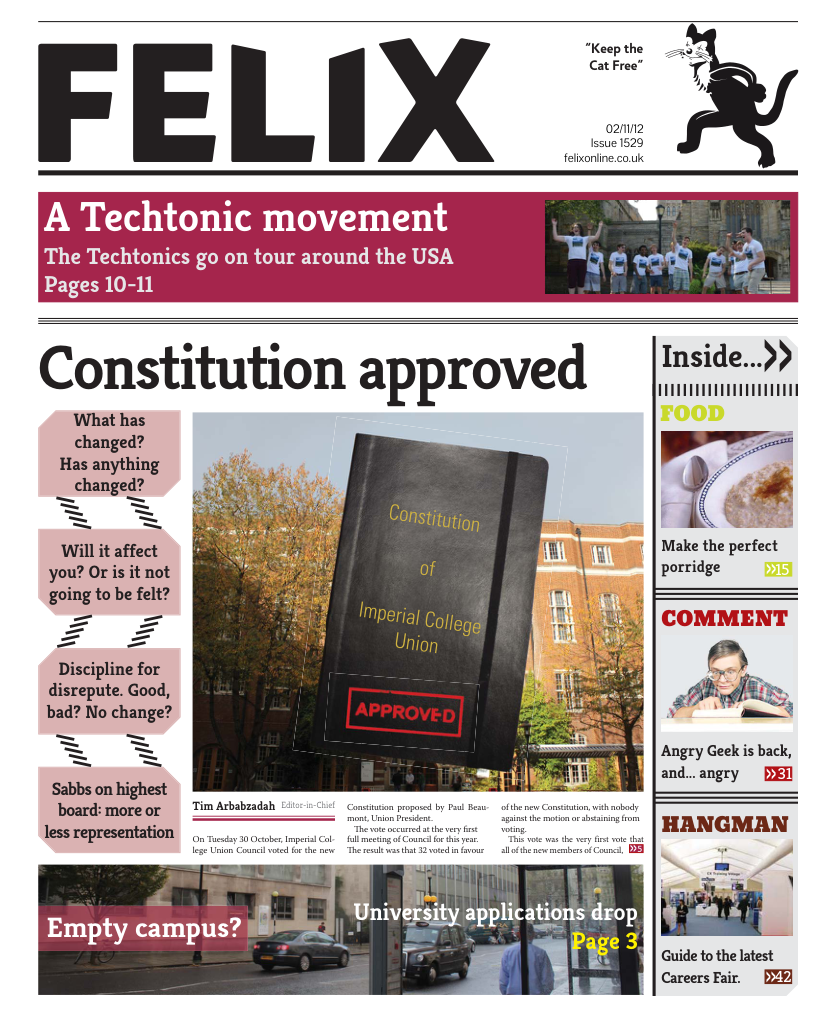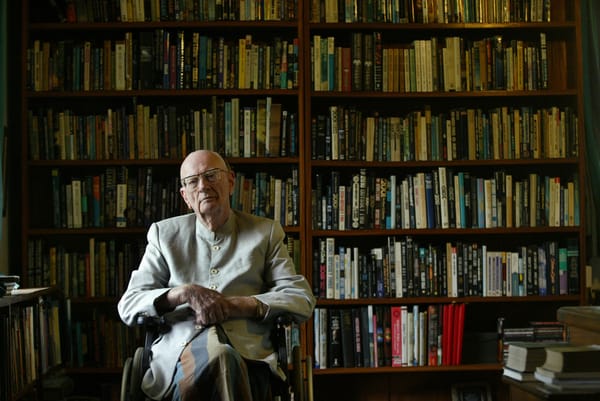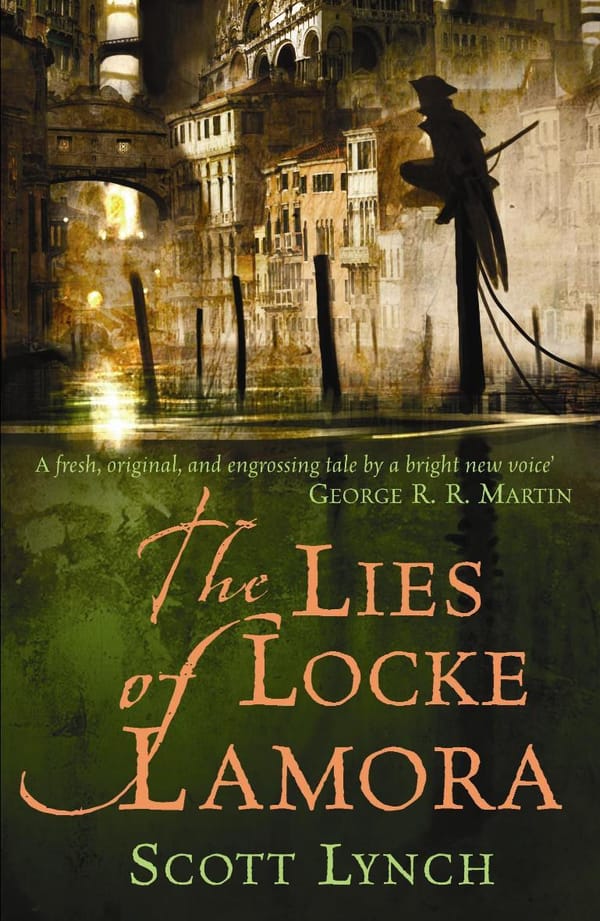Mitchell’s Cloud Atlas
Devang Metha talks about a fascinating multi-layered novel

Cloud Atlas, to refresh your memory, is David Mitchell’s 2004 Booker short-listed novel whose film adaptation is due to release in the U.K early next year. The novel is, to put it mildly, a complex book, composed of six different narratives spanning time and space, from the 19th century South Pacific to early 30s Europe, late 70s America, early 21st century Britain, near future dystopian Korea and post apocalyptic distant future Hawaii. Each story ends abruptly where the next picks up and once the reader reaches forward in time to the sixth narrative he is pushed back through the ages while each story is neatly resolved, ending where the book begins.
It is testament to Mitchell’s skill as a storyteller that once you finish Cloud Atlas you’re pleasantly surprised that it was such an easy read. It helps that the book is inhabited by at least six radically different protagonists – the credulous lawyer Adam Ewing, an oversexed and wily amanuensis Robert Frobisher, a driven heroine reporter Luisa Rey, English publisher Timothy Cavendish, clone and future martyr Somni 451, and the distrustful primitive Zachry. Not all of these characters are particularly likeable but they are all remarkably well formed given the limited space accorded to each.
The tale begins with excerpts from the journals of Adam Ewing, a lawyer crossing the Pacific in 1850, describing his encounters with savage Maoris, differently savage missionaries and his befriending of the unsavory Dr. Goose. The second story takes the form of letters from a Robert Frobisher, a musical talent, to his lover Rupert Sixsmith. Frobisher recounts how he convinced an old genius to take him on as an amanuensis and proceeded to bed the dying man’s wife and daughter. Sixsmith appears in the next narrative as a nuclear scientist who helps a tenacious journalist, Luisa Rey uncover a dangerous nuclear conspiracy. In the next part Luisa Rey’s story finds itself in the hands of a moderately successful publisher called Timothy Cavendish who through a series of unfortunate events is imprisoned in a nursing home. A slightly longer leap forward in time brings the reader to story number five, an account of an interview of captured clone Somni 451 who attempted rebellion against the rather Orwellian totalitarian state that exploited her kind. The central story, and the only one not split in two, is that of a tribesman called Zachry living in a village after a doomsday event called the Fall.
These six tales are all connected to the next via physical links as well as the presence of an identical “birthmark” on all the protagonists. The “birthmark” in Mitchell’s words is “a symbol really of the universality of human nature”.
Reading each story individually (and especially the ones set in our future) it becomes obvious that the author has not written anything truly original. Thematically, the stories fit well within established science fiction canon but it is the narration, the versatility of the prose, the effortless stylistic variation and the perfectly nested structure that set this book apart. This book is a must-read, if only to enjoy the writing. Explaining the title, Mitchell says, “… the cloud refers to the ever changing manifestations of the Atlas, which is the fixed human nature which is always thus and ever shall be. So the book’s theme is predacity, the way individuals prey on individuals, groups on groups, nations on nations, tribes on tribes.” This “predacity” and its recurrence through time and through diverse human societies is pretty evident in the book and Mitchell’s rather pessimistic view of human nature also comes across equally well. Almost each tale shows a majority of human figures as corrupt, cruel, manipulative and stupid – the whole gamut of negative traits. While his protagonists exhibit some redeeming features, human society as a whole is consigned to a dystopian past, present and future. The theme of the book emerges to be both an acceptance and a subtle critique of the Darwinian “survival of the fittest” paradigm.
And then in the very last pages of the book Mitchell offers us a ray of hope. Through an impassioned and rather preachy soliloquy, Adam Ewing warns, “Belief is both prize & battlefield, within the mind & in the mind’s mirror, the world. If we believe humanity is a ladder of tribes, a colosseum of confrontation, exploitation & bestiality, such a humanity is surely brought into being… If we believe that humanity may transcend tooth & claw, if we believe divers races & creeds can share this world as peaceably as the orphans share their candlenut tree, if we believe leaders must be just, violence muzzled, power accountable & the riches of the Earth & its Oceans shared equitably, such a world will come to pass.” Mitchell’s contention is that without a fundamental change in human nature, mankind is doomed to end back in the primitive jungle from whence it evolved. Although History would argue against this proposition (and successfully in my opinion), Cloud Atlas does make its point forcefully and poignantly.








